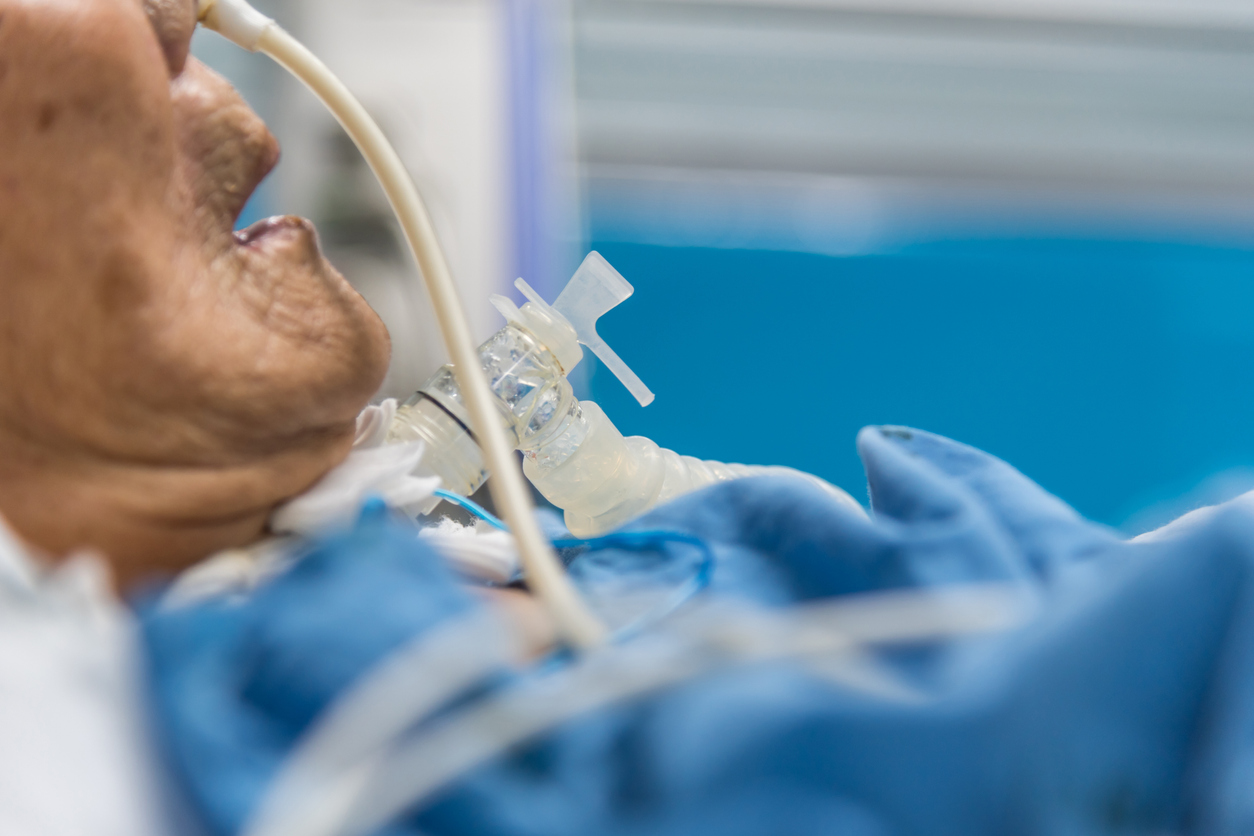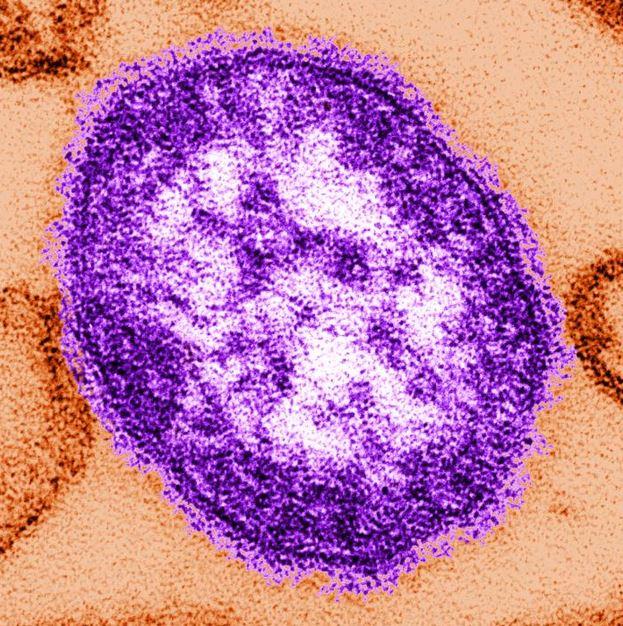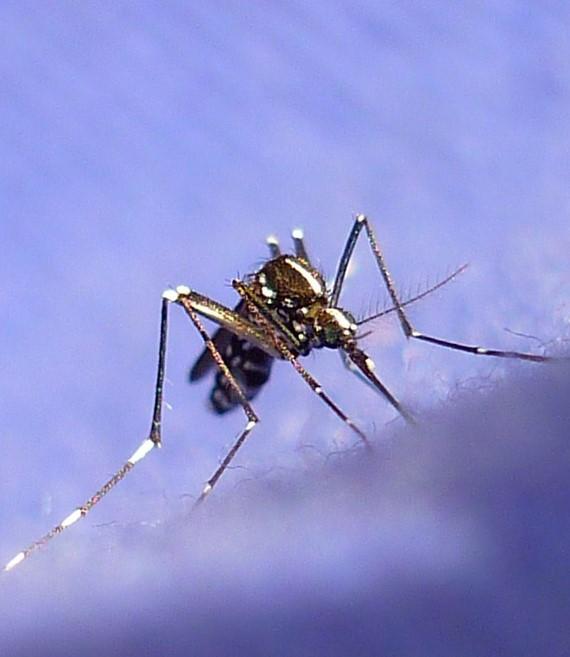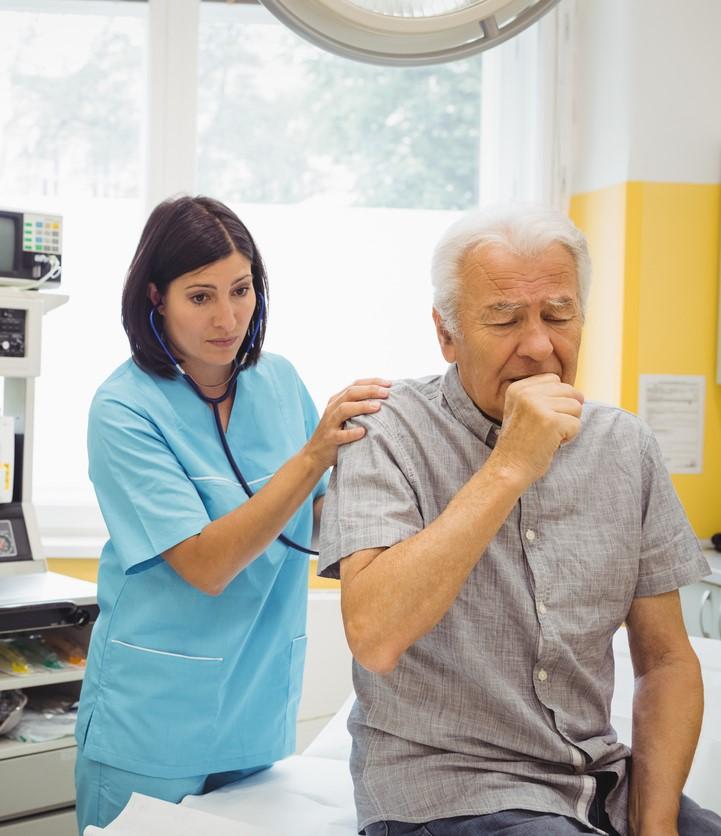A statewide survey of hospitals and nursing homes in Maryland found that colonization with two multidrug-resistant pathogens is common in patients receiving mechanical ventilation, researchers reported last week in JAMA.
For the statewide cross-sectional point-prevalence study, researchers with the Maryland Multi-Drug Resistant Organism Prevention Collaborative obtained surveillance cultures from patients receiving mechanical ventilation at 33 acute care hospitals and 18 long-term care facilities from March 7 to June 8, 2023.
Their aim was to determine the prevalence of Acinetobacter baumannii and Candida auris, two emerging multidrug-resistant pathogens with limited treatment options that have been identified as an urgent health concern by the World Health Organization and the Centers for Disease Control and Prevention.
High risk for long-term care patients

All eligible facilities in the state participated, with a total of 482 patients screened for A baumannii and 470 for C auris. Among the 482 patients who had samples collected, 148 (30.7%) grew A baumannii, 88 (59.5%) of which were carbapenem-resistant A baumannii (CRAB). C auris was identified in 31 (6.6%) of 470. Both pathogens were more common in patients in long-term care facilities.
Assessment of relative risk (RR) found that patients in long-term care facilities were more likely to be colonized with A baumannii (RR, 7.66; 95% confidence interval [CI], 5.11 to 11.50), CRAB (RR, 5.48; 95% CI, 3.38 to 8.91), and C auris (RR, 1.97; 95% CI, 0.99 to 3.92) compared with patients in acute-care hospitals. Nine patients (29.0%) with cultures positive for C auris were previously unreported to the Maryland Department of Health.
"This prevalence represents a substantial burden to the health care system and suggests a large reservoir for potential transmission both to other patients within health care facilities and among different health care facilities when patients are transferred between care settings," the study authors wrote.
The authors conclude that increased surveillance and prevention efforts should be directed at long-term care facilities, given that both pathogens were more common in these settings. They also suggest that the study should be repeated in patients receiving mechanical ventilation in other states.
This prevalence represents a substantial burden to the health care system and suggests a large reservoir for potential transmission both to other patients within health care facilities and among different health care facilities when patients are transferred between care settings.

















